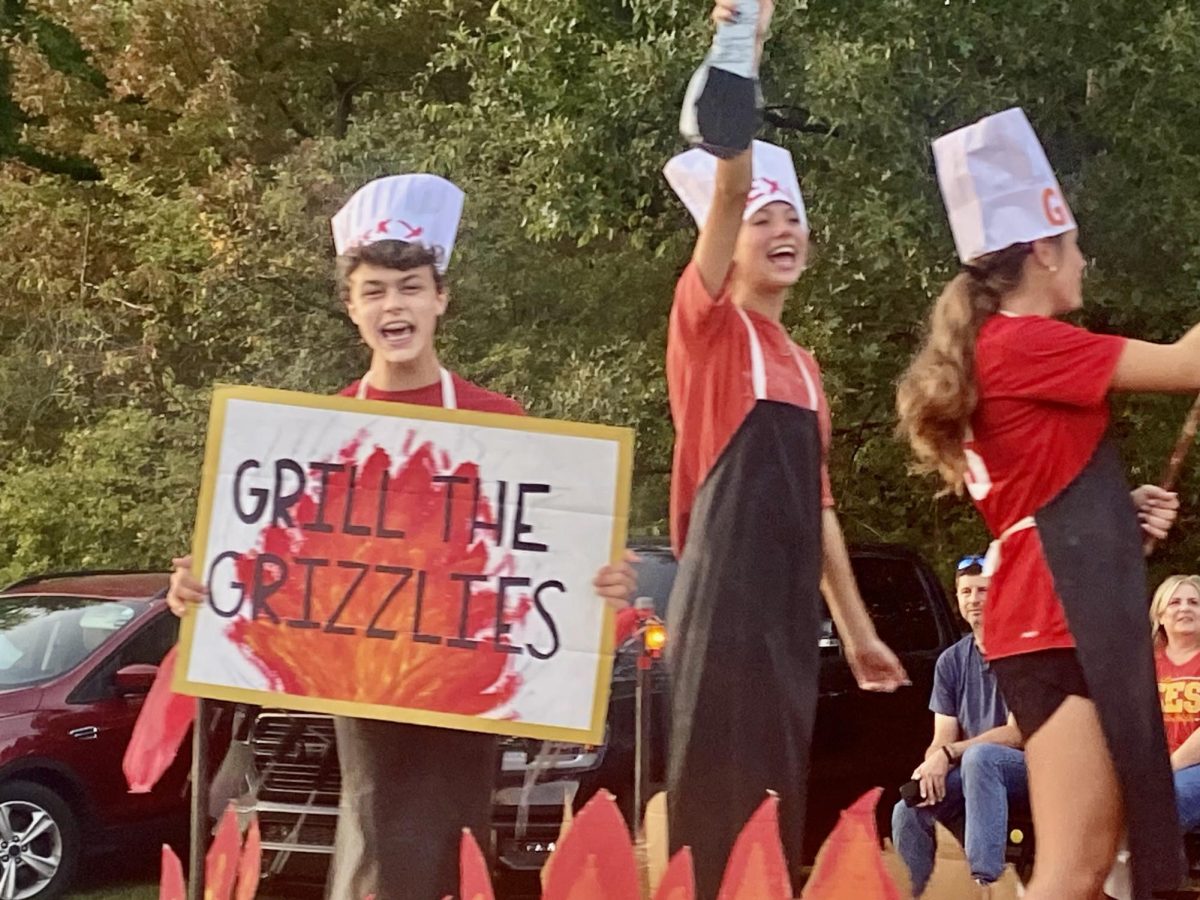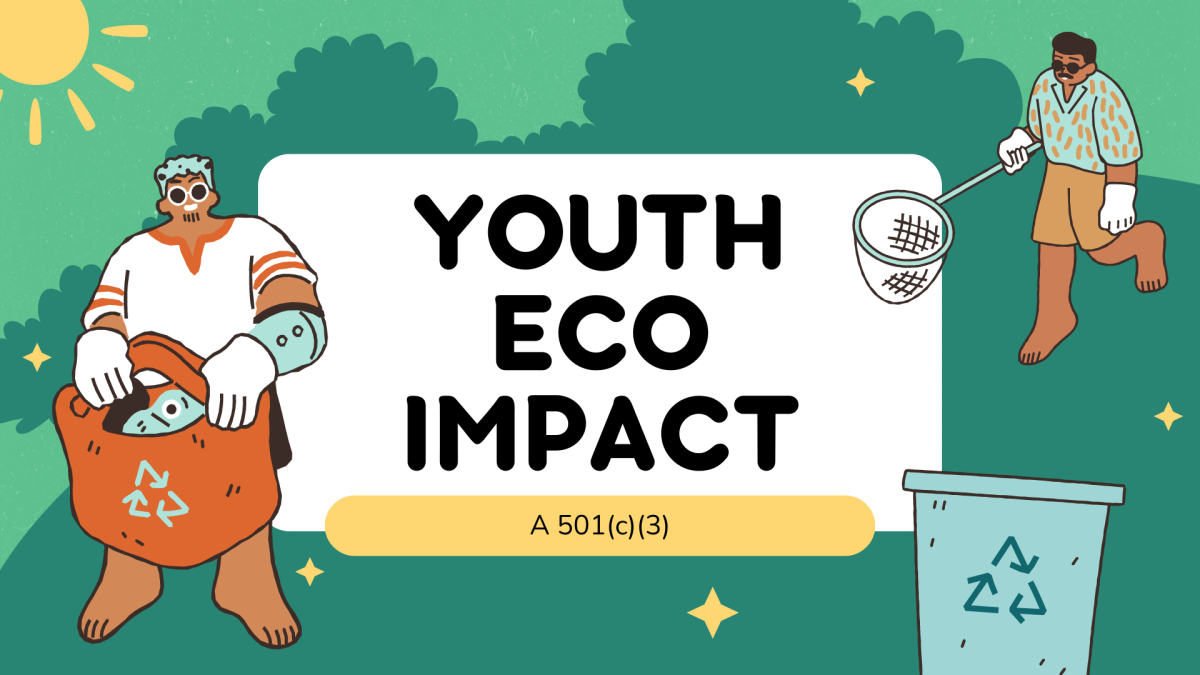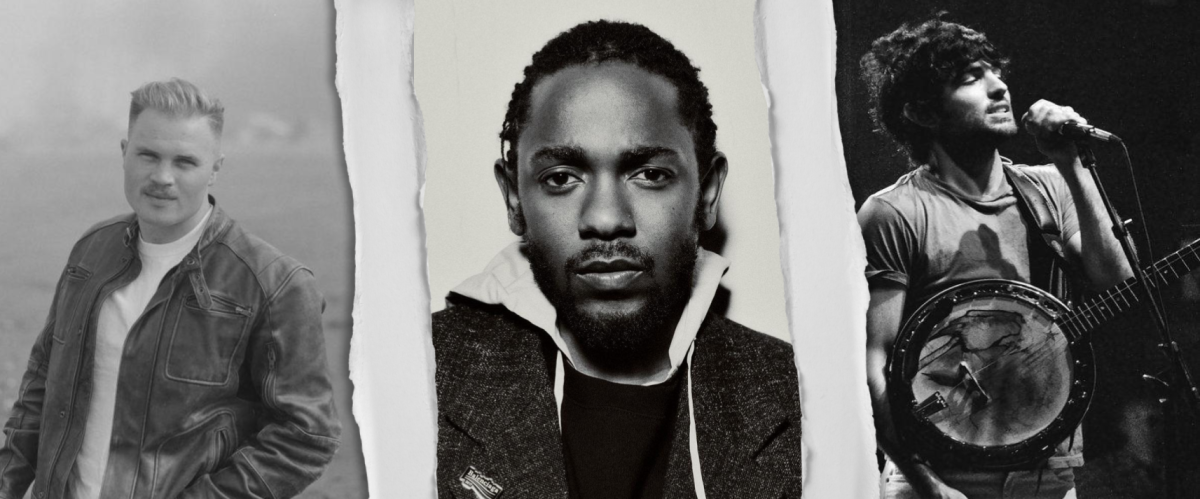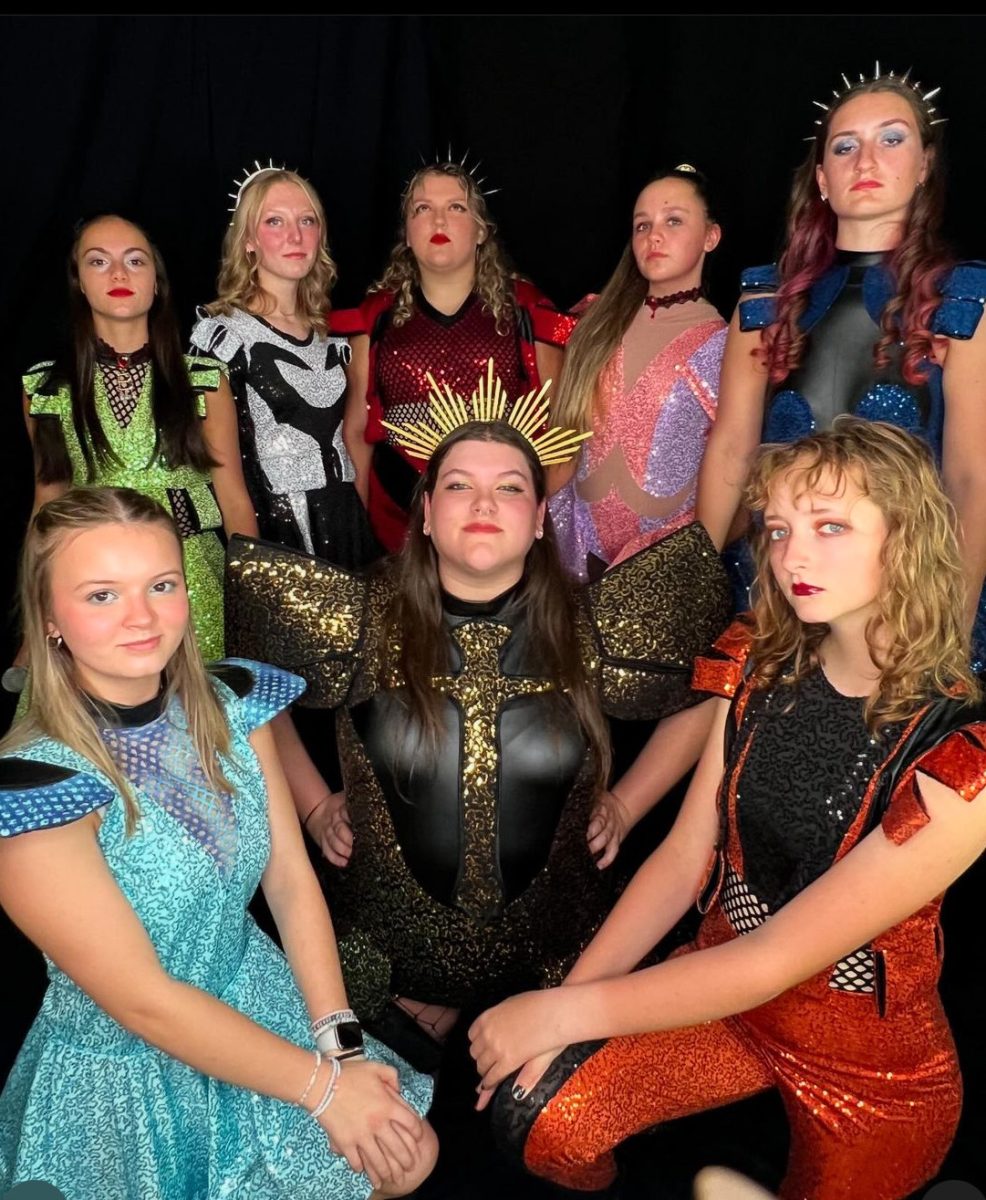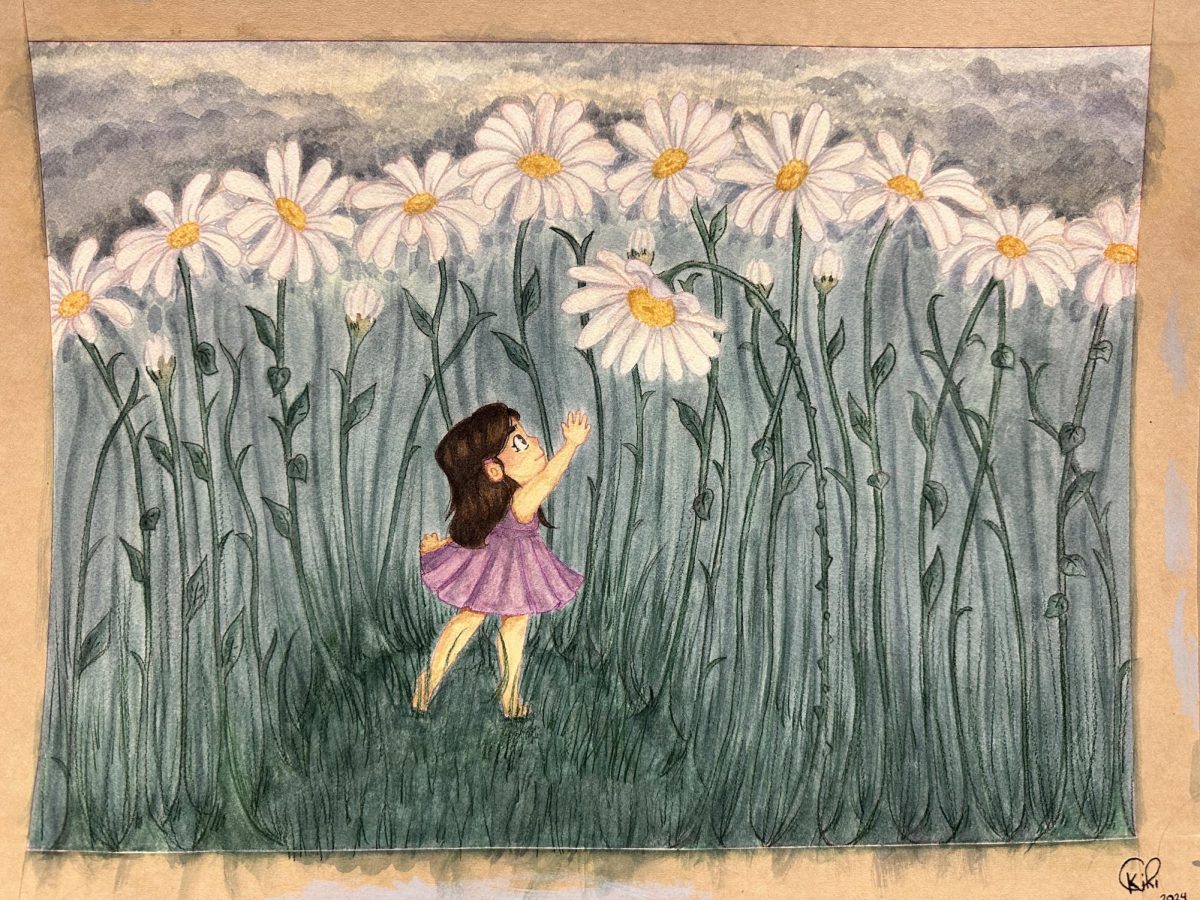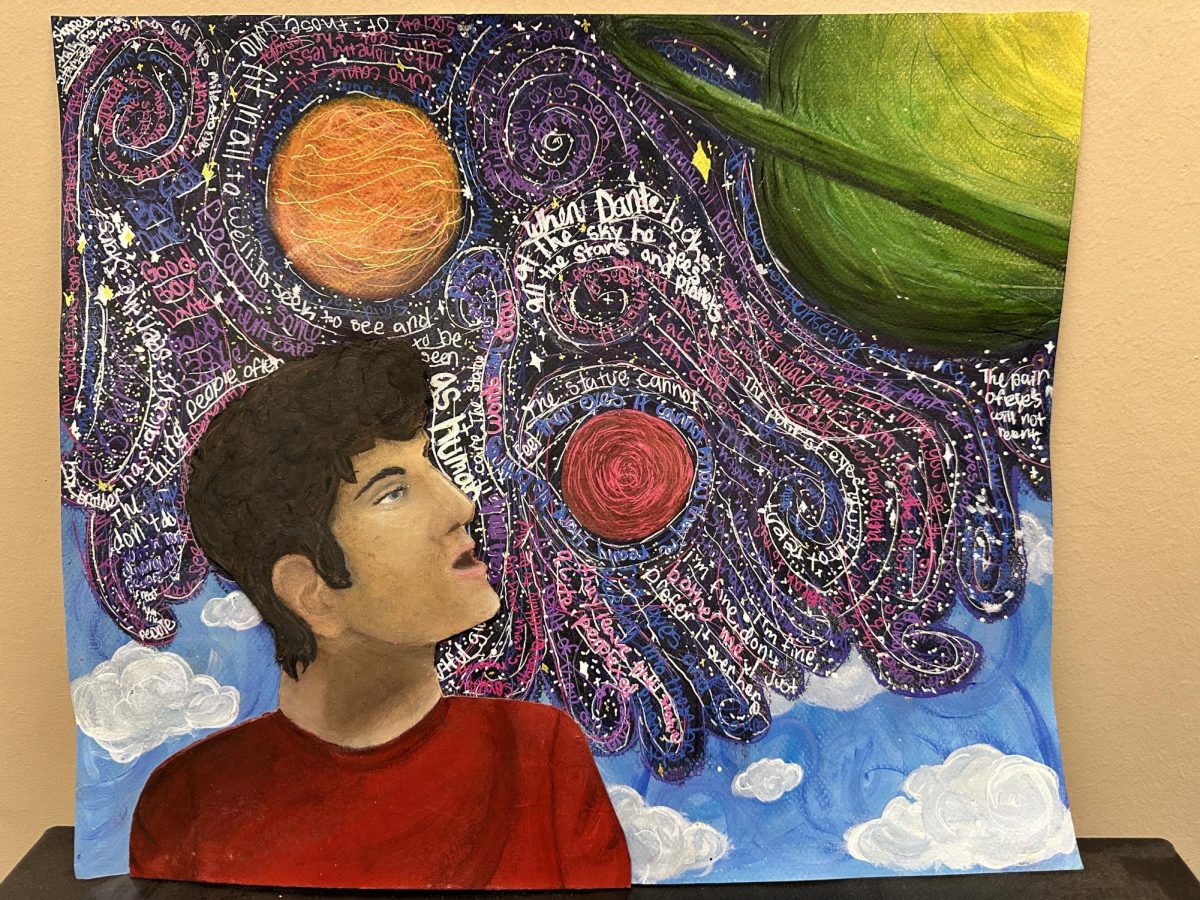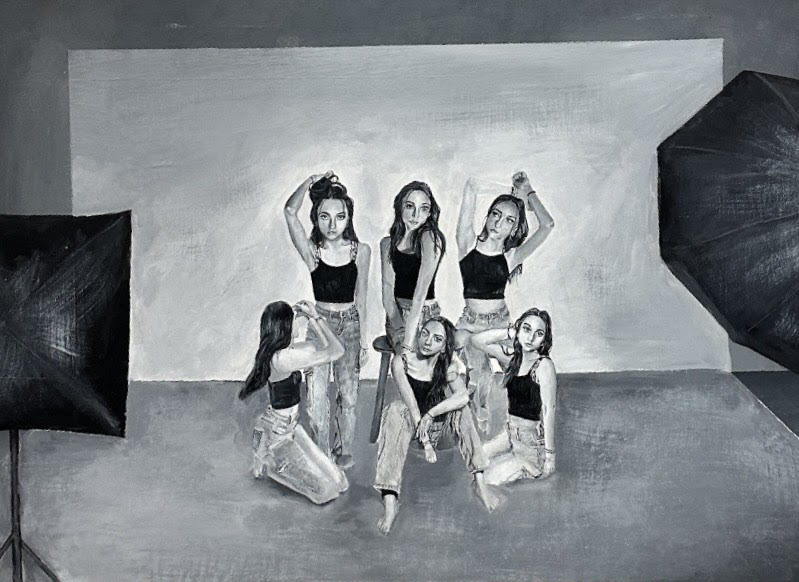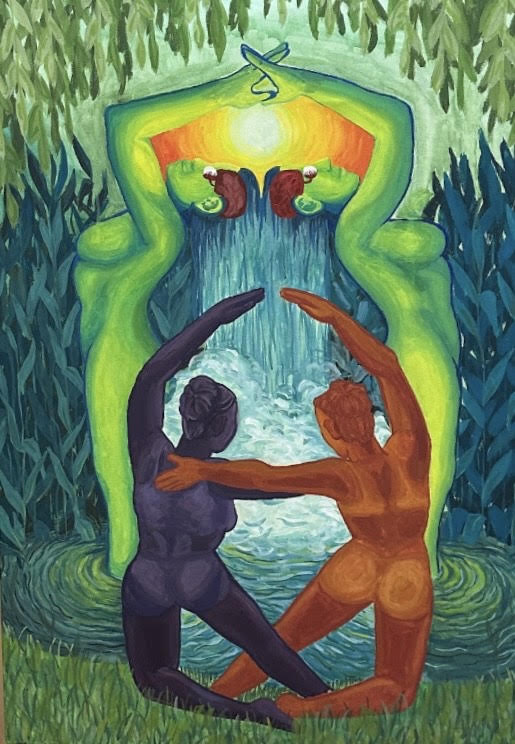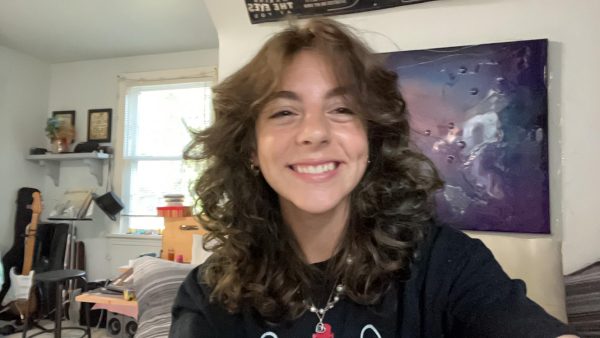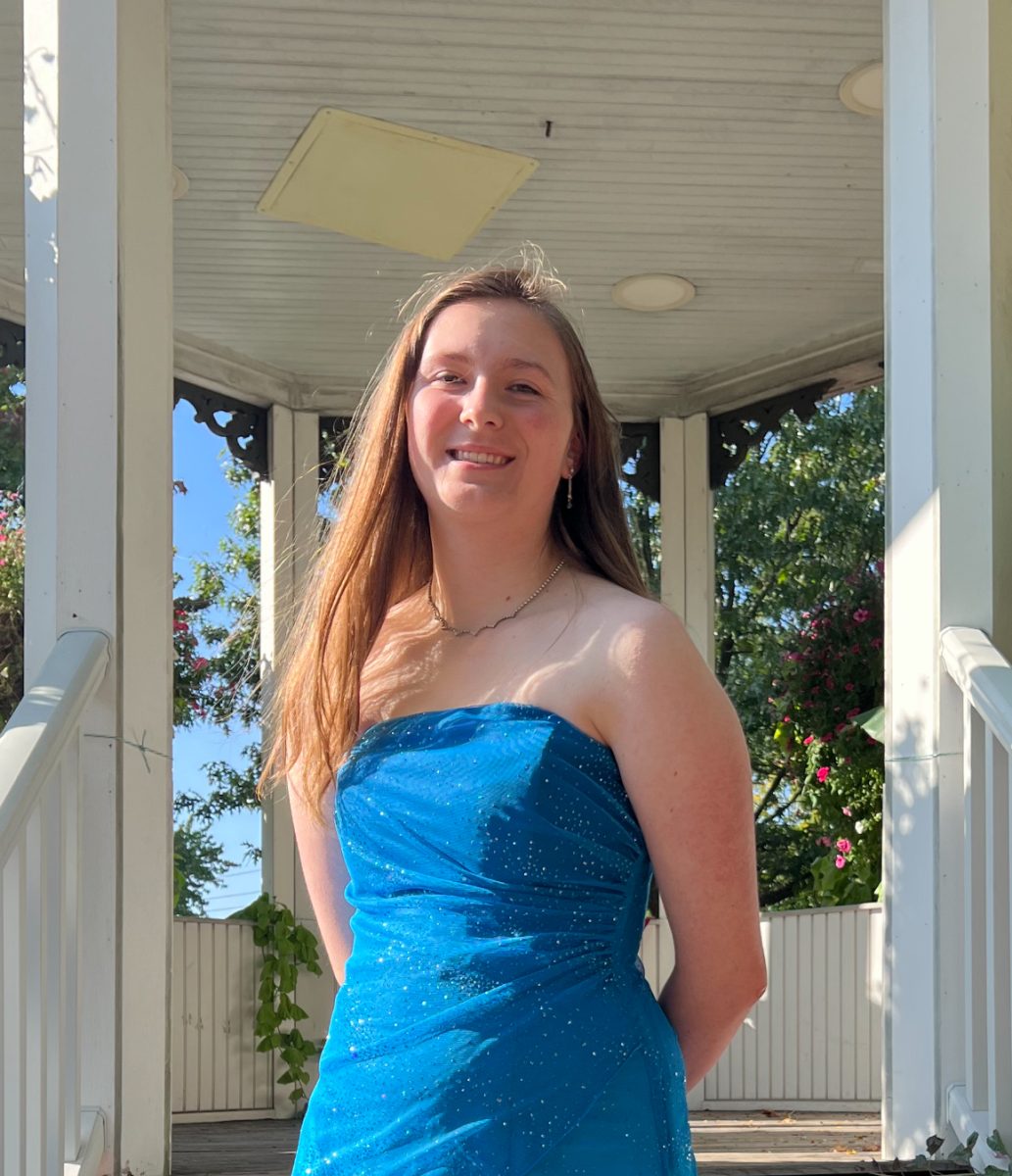True Crime Takes Over the World
December 1, 2022
Ted Bundy once said, “The ultimate possession was, in fact, the taking of the life. And then… the physical possessions of the remains.”
Recently, shows and documentaries such as “Killer Sally: Limited Series,” “Unsolved Mysteries: Volume 3” and “Dahmer – Monster: The Jeffrey Dahmer Story” have hit the charts of Netflix’s Global Top 10 list. “Dahmer,” the first of the three to be released, hit the number one spot, with 196.2 million hours viewed, on the list within four days of being out. This show held a spot in the top 10 for seven weeks.
The question is, why are people instinctively drawn toward stories about true crime? Why are these topics so intriguing?
A 2010 study at the University of Illinois found that women tend to be drawn toward true crime stories more than men. But why be drawn toward them at all?
Jonah Pichette, a Psychology and World History teacher at Brecksville Broadview Heights High School, says, “Throughout history, we as humans have always been fascinated with crime and deviance. Our brains love solving puzzles, by watching/listening to true crime documentaries/shows so we can solve a puzzle as it plays out. In addition to solving the puzzle, at the end our brain gets a small reward; our preconceived notion of “justice prevailing” plays out when the bad guy is caught, or the child is found, etc.”
“Men think women have crushes on serial killers…” says Anthony Vander Horst, associate professor of criminology at Kent State University, “…when you ask women that, it’s not even on their radar. Women are more about, ‘I need to be able to walk in this world in a safe way and so I need to understand and get in the mind of somebody who can do this’. For women, they find it fascinating to be the focus of interest for this narcissistic psychopath.”
Pichette describes his attraction to true crime by saying he was “really drawn in due to the sensational nature of it all.” Humans have been programmed to differentiate between good and bad, and just seeing someone else’s story prevail for the best creates a feeling of satisfaction for those who were never involved.
This presented idea of good and bad is spoken of in an article called “Our Brains are Wired for Morality: Evolution, Development, and Neuroscience” which was written by two psychology professors, Jean Decety and Jason Cowell. They describe morality as “an inner sense of rightness about our behavior and the behavior of others.”
Professors Decety and Cowell say, “Morality is so deeply rooted in the fabric of our everyday lives that it seems hard to imagine a society without any moral rules.”
The rush of dopamine released when someone sees a good win, once again, creates a positive connotation towards horror stories of various crimes and the ‘bad guys’ of each story being solved. This response is a taught behavior and is an example of Ivan Pavlov’s idea of classical conditioning.
A huge point of interest in true crime comes from the puzzle-solving aspect. Elias Nader, Kent State assistant professor says, “I really was drawn to the process of solving crime – it seemed like the most important puzzle in the world because you were working to bring justice to people who were victims of crime.”
Vander Horst said, “… I think there’s something in mind behind all of that, it’s not just about who did it but it’s how to keep me from being one of them.” Something huge as a point of enjoyment truly comes from figuring out the missing information, to know the once unknown.
If the joy that comes from finding the bad guy is something humans have been taught then hasn’t it been around for a while? The answer is yes, but it has been presented in various ways as technology has evolved. It wasn’t as commonly known as entertainment in the 1900s because it was their reality, published in the news.
There are still stories of such things now but the primary intake of this media is shown in the forms of movies, documentaries, podcasts, etc… According to Pichette, “In the 70s and 80s there were sensational crime stories published in tabloids and newspapers, today we have Netflix and Hulu. We perceive an increase in true crime because it is being presented in a medium more popular to the consumers of this generation.”
Beth Mieskowski, social studies teacher at Brecksville Broadview Heights High School, says, “I think reality TV has been a thing for 20 years and it’s just kind of another avenue of that.”
A poll from NBC’s article, “Why do we love true crime – and is it healthy for us?” says that 3,543 people, 74% of those that voted, enjoy true crime shows or movies.
A different form of media that commonly speaks on true crime is podcasts. Podcasts have grown in popularity over recent years and more people are beginning to listen to them. There are many true crime podcasts high up on the most listened-to list for Spotify. A popular one is “What about Holly?”
The appeal of podcasts is understandable: something that can be listened to when doing anything and you don’t have to be watching to understand what is happening. These podcasts become pocket-sized documentaries that are just as entertaining and are easier to enjoy.
Kids grow up seeing these stories and as the saying goes, no one can look away from a trainwreck. Vander Horst says, “The news not just feeds the interest in true crime, but creates it. Absolutely no question in my mind.”









